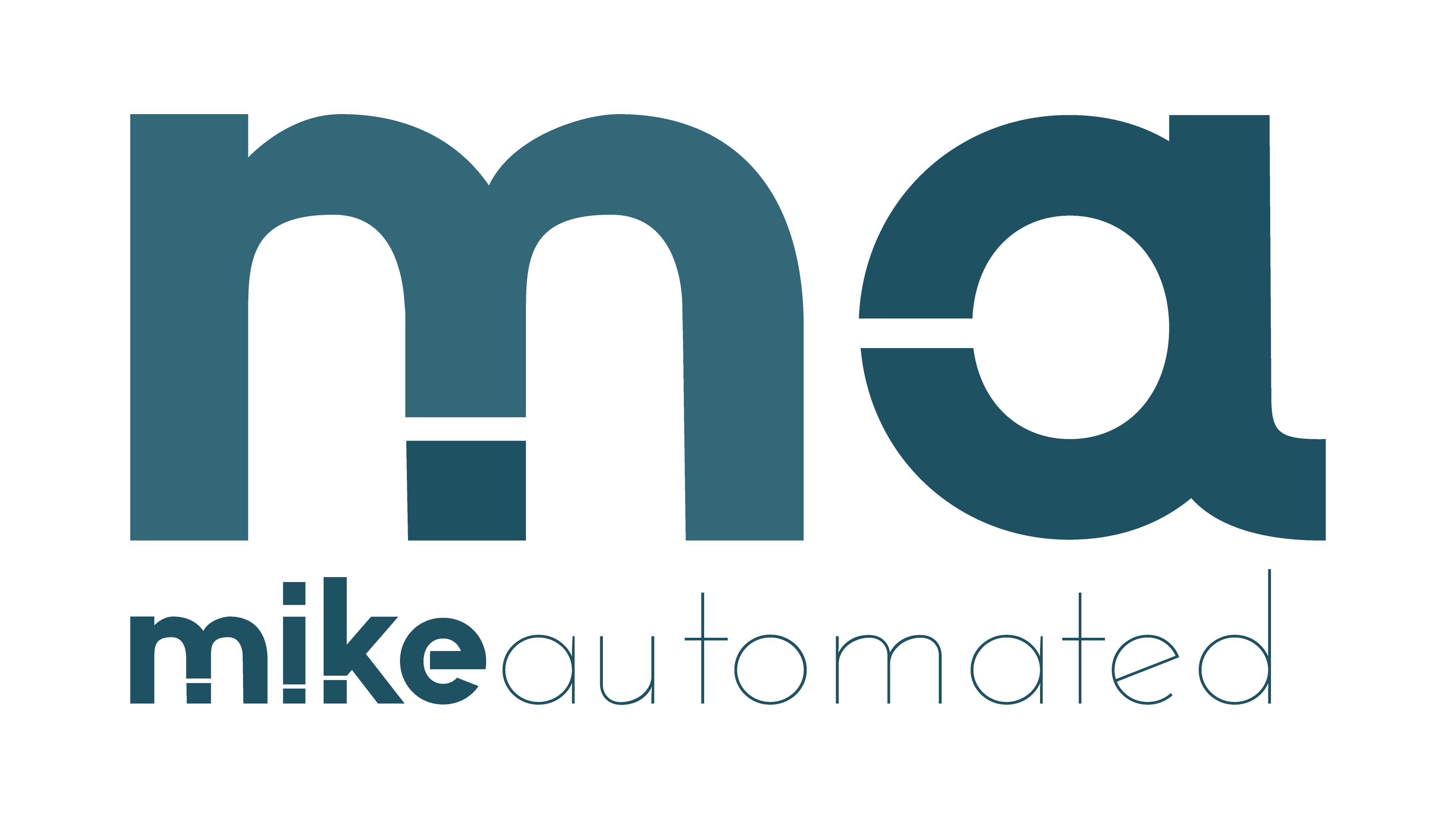Building a Minimum Viable AI Project: Test, Validate, and Scale Smartly
In today’s rapidly evolving business landscape, the promise of AI is tantalizing yet often intimidating. Business owners, marketing directors, and operations leaders frequently ask, “How can I test AI without wasting budget?” This article delivers clarity by revealing the path to building a Minimum Viable AI Project—an agile, cost-effective approach to harnessing AI without diving headfirst into expensive, unvalidated ventures.
Understanding the Minimum Viable AI (MVP AI) Concept
Much like the Minimum Viable Product (MVP) in software and product development, an MVP AI approach focuses on creating a simplified, functional version of your AI prototype. The goal is to test key assumptions, validate potentials, and incrementally improve your solution without committing huge budgets upfront. Lean AI is all about efficiency: instead of building a fully-baked solution, you start simple, test the waters, and scale once you see evidence of success. This strategy minimizes risk and lends clarity to the AI decision-making process.
Why Lean AI is a Strategic Imperative
Budget constraints are real. Many companies stumble into AI projects without first establishing whether the problem is solvable with AI, leading to wasted time and money. By focusing on lean AI, you channel resources into experiments that provide rapid feedback, allowing you to pivot or scale effectively. Using real-world logic, consider the example of a retail brand: rather than investing in a full-fledge recommendation engine, they might first develop an MVP using basic customer segmentation to test the concept. Quick wins build necessary confidence, paving the way for iterative improvements.
Steps to Build Your AI Prototype Effectively
1. Clearly Define Your Business Problem. Before embarking on any AI project, be explicit about the issue you are trying to solve. Start with a precise question, such as “Can AI predict which marketing channels yield the highest return on investment?” Typically, a narrow focus yields better and faster results. The more targeted your question, the more straightforward the prototype design.
2. Identify the Data You Need. No matter how brilliant your AI idea is, its foundation lies in data. Conduct an audit of your existing data sources and determine the minimum information required for your MVP. It is far better to work with a small, clean set than to be overwhelmed by vast, messy datasets. Identify which metrics can have the highest impact on your decision-making.
3. Choose the Right Tools and Technology. A good MVP AI prototype doesn’t require state-of-the-art algorithms or expensive infrastructure. Start with accessible tools and frameworks that allow fast iteration—Python libraries, out-of-the-box machine learning models, and cloud-based AI platforms are excellent starting points. Automation tools and lightweight platforms simplify complex processes and can help turn data into actionable insights without monopolizing your budget.
4. Develop and Test Iteratively. Embrace an agile development cycle: build, test, learn, and refine. Small batches lead to rapid iteration. For instance, take a customer service center seeking to automate responses: develop a simple chatbot based on common queries and use customer feedback to refine responses continuously. By measuring engagement and satisfaction, you will develop an AI prototype that evolves alongside your growing understanding of both the medium and the customer’s needs.
5. Validate Results and Measure Impact. The test phase isn’t complete until you measure performance against expected outcomes. Work with key performance indicators (KPIs) such as conversion rates, time saved, or customer satisfaction. Use A/B testing to compare results from your MVP AI with traditional processes. The insights gathered here are crucial—if your prototype doesn’t deliver the value anticipated, it’s an opportunity to pivot, refine your model, or even rethink the problem itself.
Real-World Example: The Retail Revolution with Lean AI
Imagine a mid-sized retailer wanting to personalize online shopping experiences. Instead of developing a comprehensive, data-hungry recommendation system, they opted for an MVP approach. Their team started with MVP AI by integrating a basic script that grouped customers based on purchase history and browsing patterns. This early-stage prototype leveraged existing data, required minimal investment, and was deployed through simple automation tools. Tracking customer engagement and sales performance, the business was able to identify patterns that subsequently shaped a more nuanced and scalable AI strategy. The iterative process—not a single heavy investment—allowed the company to refine its approach consistently.
Incorporating the Right Partnerships
No journey toward AI transformation is undertaken in isolation. Collaborating with experienced partners like MikeAutomated can provide both the vision and the technical expertise required to short-circuit common pitfalls. Expert agencies bring a wealth of knowledge in lean AI, ensuring that your MVP is designed not only to test a concept but also to set the stage for scalable growth. Their role as strategic advisors helps bridge the gap between concept and execution, making sure that your AI initiatives truly align with business goals.
A Mindset Shift: From Perfection to Experimentation
An essential breakthrough in understanding MVP AI is shifting from a mindset of perfection to one of experimentation. In traditional project management, perfection is the enemy of progress. When it comes to AI, an MVP represents an experiment that is bound to evolve. Conceiving AI development as a series of learning opportunities helps reduce risk. It encourages a practical, iterative approach which prevents costly overgeneralization and allows for agile pivoting based on emerging data trends.
Framework for Testing AI Without Overspending
Consider this simple framework: Define, Prepare, Build, Test, Learn, and Scale. First, clearly define your objective and then prepare by gathering the necessary data and identifying the tools needed. Build your AI prototype rapidly with a focus on core functionalities. Test the MVP in controlled scenarios, then learn from the results, and finally scale the refined solution gradually. This cyclic framework is designed to keep expenditures lean while maximizing ROI.
Short “Ah-Ha” Takeaways
1. The MVP approach for AI is not just a cost-saving measure, but a method for de-risking investments by validating key assumptions early on.
2. Embrace iteration as your strategic ally—an agile cycle of feedback and improvement ensures that your AI evolves in response to actual business needs.
3. Lean AI is about starting small and scaling smartly—focus on the minimum viable functionality that provides concrete insights and a foundation for future enhancements.
Final Reflections
AI’s promise should not be a barrier that halts innovation; rather, it should be the spark that ignites a journey toward smarter business growth. By adopting a minimum viable approach, businesses can test AI solutions systematically—transforming hefty investments into manageable experiments. This methodology empowers decision-makers with data, reduces risks, and ultimately creates a roadmap for scalable success. The partnership with experts such as MikeAutomated can further streamline this process, bridging theory with real-world application. Embrace the revolutionary power of lean AI, and let each iteration be a step toward unlocking transformative business strategies.
In this dynamic market, it’s not about chasing the latest AI trend, but about building a solid foundation that leverages smart experimentation to secure competitive advantage. Opt for experimentation over perfection, and allow your MVP AI project to guide your way to meaningful innovation.


